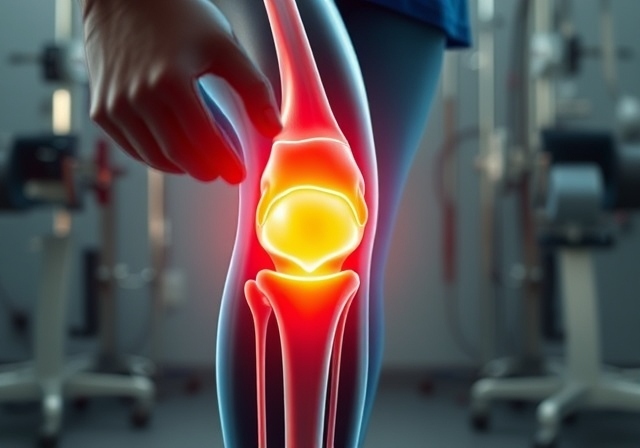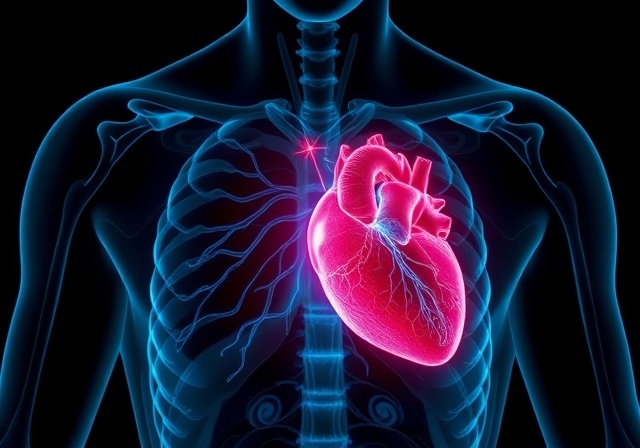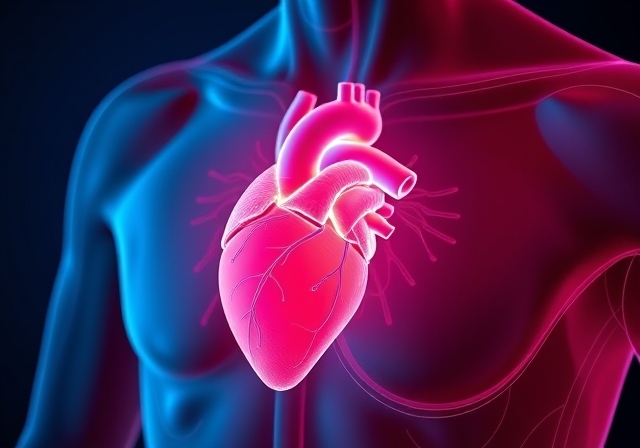Gynecomastia, often referred to as the man boobs problem, is a condition characterized by the enlargement of breast tissue in individuals assigned male at birth (AMAB). It stems primarily from a hormonal imbalance, specifically fluctuations in testosterone and estrogen. Though non-threatening to physical health, gynecomastia can impact self-esteem and emotional well-being.
This comprehensive guide delves into what gynecomastia is, explores its causes, stages, and symptoms, and highlights available treatment options.
What Is Gynecomastia?
Gynecomastia is a benign increase in breast tissue volume caused by an overgrowth of glandular tissue rather than fat. It can appear at various life stages, particularly during periods of hormonal changes such as:
- Birth: Exposure to maternal estrogen may cause temporary breast tissue enlargement.
- Puberty: Rapid hormonal shifts can lead to transient breast development.
- Late Adulthood: Declining testosterone levels may trigger gynecomastia in older adults.
Notably, obesity can result in a similar condition called pseudogynecomastia, where excess fat mimics breast enlargement.
How Does Gynecomastia Appear?
Gynecomastia often presents as a firm, button-like lump under the nipple. It may occur in one or -both breasts and can sometimes feel tender. Distinguishing gynecomastia from other conditions, such as male breast cancer, is crucial. If you notice sudden changes, consult a healthcare provider for proper diagnosis.
Why Are My Breasts Suddenly Getting Bigger?
Sudden breast enlargement in men could signal hormonal shifts, medication side effects, or underlying health conditions. Identifying the cause is essential for appropriate treatment.
Gynecomastia Stages
Gynecomastia typically progresses through the following stages:
- Initial Development: A small, tender lump forms beneath the nipple.
- Tissue Growth: Breast tissue expands as the hormonal imbalance persists.
- Stabilization: Enlargement may remain stable or regress naturally in some cases.
Gynecomastia Causes
The primary cause of gynecomastia is a hormonal imbalance where estrogen levels outpace testosterone. This can occur due to:
- Natural Hormonal Changes: During puberty, hormonal shifts can cause temporary breast growth.
- Aging: Testosterone production declines with age, increasing the risk of gynecomastia.
- Underlying Medical Conditions: These include:
- Hyperthyroidism
- Liver disease
- Kidney failure
- Testicular tumors
Medications and Substances
Certain drugs, including cimetidine, spironolactone, and anabolic steroids, are known contributors. Additionally, substance use like marijuana or amphetamines can exacerbate the condition.
Gynecomastia Treatments
While gynecomastia often resolves on its own, especially during puberty, several treatment options are available for persistent cases:
- Addressing Underlying Causes
If gynecomastia stems from medication or a medical condition, treating the root cause can help. For instance:
- Adjusting or switching medications under medical supervision
- Managing conditions like hypogonadism or thyroid dysfunction
- Surgical Intervention
Gynecomastia surgery, or male breast reduction, removes excess tissue for a more defined chest contour. This elective procedure is suitable for individuals seeking a permanent solution.
- Lifestyle Changes
For cases linked to obesity (pseudogynecomastia), weight loss through diet and exercise can reduce breast size. However, hormonal imbalances require medical intervention.
Can Exercise Alone Resolve Gynecomastia?
While exercise can help with pseudogynecomastia, it cannot eliminate glandular breast tissue caused by hormonal imbalances
Can Gynecomastia Be Prevented?
Unfortunately, hormonal shifts cannot always be prevented. However, you can reduce your risk by:
- Avoiding substances like steroids or recreational drugs
- Consulting your doctor about alternatives to medications known to cause gynecomastia
When Should You Consult a Doctor?
Seek medical advice if gynecomastia causes discomfort, distress, or occurs alongside other symptoms like:
- Pain or tenderness
- Sudden breast lump growth
- Nipple discharge
Your healthcare provider may recommend blood tests, imaging, or a biopsy to rule out serious conditions.
Key Takeaways
Understanding what gynecomastia is, its stages, and causes empowers you to make informed decisions about treatment. Whether the issue arises from natural hormonal fluctuations, medications, or lifestyle factors, solutions are available.
Consult a Specialist: Dr. Aphale, Breast Surgeon
If you’re seeking expert advice and personalized treatment for gynecomastia, connect with Dr. Aphale, a renowned breast surgeon. With extensive experience in treating gynecomastia and related conditions, Dr. Aphale can guide you through diagnosis, treatment options, and surgical solutions tailored to your needs.
Take the first step towards confidence and comfort. Contact Dr. Aphale today!
Read More: Understanding the Role of Ultrasound in Pregnancy




